Barbel fishing throughout the winter months can be a very hit and miss affair. If you get it right and fish when conditions are great then the results can be spectacular – but if the conditions are poor (which is the case more often than not) then unless you put your hookbait on the nose of a barbel then a blank session is highly likely. Rather than look at methods and bait choice, which I’ll cover next time around, I’d like to take a look at weather and river conditions and what to look for in what I’d describe as the ‘perfect’ winter barbel situation.
More often than not the clocks going back can signal a feeding frenzy amongst many species, barbel included, as they prepare themselves for what can be a long, cold winter. Gorging heavily throughout the months of October and November will see barbel pile on the pounds to bulk up the natural fat reserves which will see them survive the low water temperatures. Like all freshwater species barbel are cold blooded, so therefore the lower the water temperature the slower their natural metabolism. In layman’s terms, this basically means the higher the water temperature the more active the fish will be and therefore they will need to eat more as they expend their energy. Then as the water temperature drops the reverse scenario is true. In the winter months barbel will lie up torpid for long periods of time, conserving their energy and only feeding should a morsel of food come within right past their nose.

There’s nothing to say barbel can’t be caught during a prolonged cold spell, as they can and do get caught by anglers every winter. Once the water temperatures have stabilised there is every chance of catching one, providing they can be located. The key word in this scenario is stabilised. When the water temperatures are dropping alongside the air temperatures it’s highly unlikely barbel will feed at all as they lie up whilst their bodies acclimatise to the changing environment around them. However, once the water temperatures have dropped and become constant the barbel will feed, although it’s highly likely it will only be for a very short, defined periods each day, so being on the banks at the right time is essential and even then there’s no guarantees.
Rather than look at the winter as a whole and cover November right through to mid March I’ll take a look at a typical period of weather that could normally be expected in the depths of winter. Let’s say the whole of December has seen sub-zero temperatures with cold northerly or easterly winds blowing; but then moving into the New Year the forecasters are telling us to expect a few days of south westerly winds bringing with it a low pressure front and some warmer temperatures rising into double figures. The first thing I’d do is religiously keep an eye on the weather forecasts utilising both online websites and my iPhone apps (Metcheck, BBC and Met Office being the most reliable I’ve found). This can really help build a picture of what’s happening in the coming days and help you to plan a trip so that you’re on the banks at the best times.
I’d normally leave the river alone during the first 24-36 hours of a rise in temperatures simply due to the fact that just as a barbel’s body need to acclimatise to dropping temperatures, the exact same is true for a rise. Once they’ve acclimatised though it can be fill your boots time with some fantastic winter fishing. Rather than labour the point of when’s best to go here’s the story of the 3 barbel I captured during the early part of last year.
As most will remember the winter of 2012/13 was a very wet one. When it wasn’t icy cold or snowing it was raining heavily filling the nation’s rivers to the brim with cold flood water; a recipe for a blank where winter barbel are concerned. Come the beginning of January there was a sign of the weather starting to improve for just a few days and with this a possible opportunity for some barbel action. I’d been watching the weather like a hawk and come the second week of January everything looked perfect. The wind was turning round to come from the south west and there were air temperatures into double figures day and night for 3 nights, but realistically the potential window for a bite was still very small.
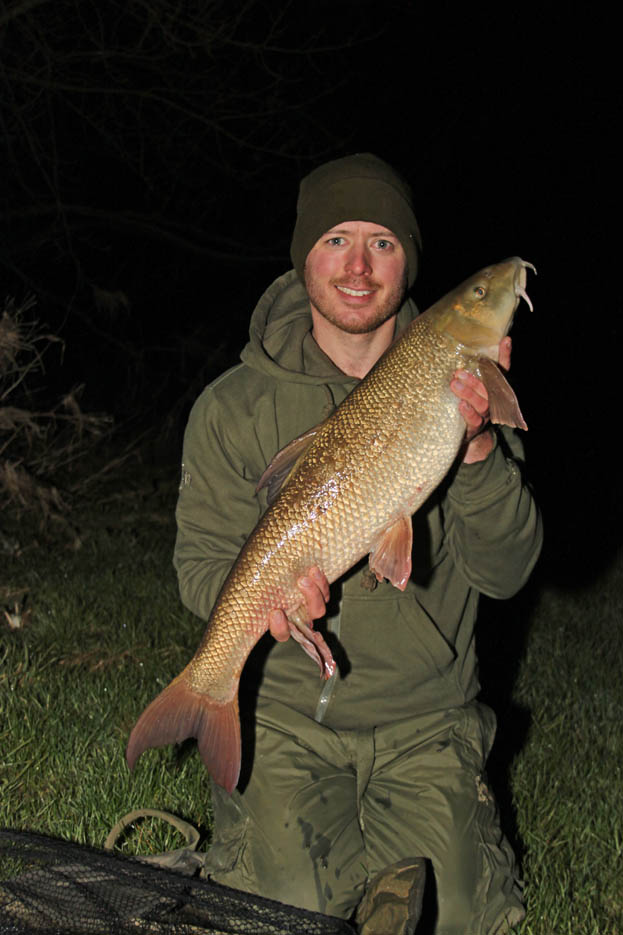
The first 2 days saw me working; which for me was fine as this fitted in with me missing the very beginning of a change in conditions whilst the fish acclimatised and hopefully come day 3 they’d be up for a morsel or 2 of food. Day 3 arrived and I was working until 4pm,and after rushing around I was on the river and fishing for 6pm. I started off fishing just a single hookbait in the first of 4 swims I’d identified. I only put in 2 boilies as freebies, which I’d broken in half, and these were flicked in down the margin a half at a time. I didn’t want to concentrate the food offerings too tightly, hopefully spreading them out a little would see a barbel or two moving around searching out the food source. Only 20 minutes after casting in I was into a fish which once landed came in at a very healthy 12lbs.
I repeated the process in the other 3 swims for nothing, so deciding to drop back into first swim for a last cast. It proved to be a good decision as I promptly landed another fish of around 7lbs. I was on the bank for a total of 1 ½ hours and home for 8pm! A few friends of mine fished this particular stretch the following 2 days with a variety of methods and baits but unfortunately had no fish, which just goes to show how small these temperature and water condition related windows of opportunity can be in winter.
This was the only mild spell for another 7 weeks. Once again, when the weather turned I made the most of the opportunity and after changing a few shifts around at work I was back on the bank at what I felt was the optimum time. I found myself fishing exactly the same swim I’d caught the fish from in January and my efforts to get on the bank were richly rewarded with a stunning barbel of 12lbs 12oz.
There’s a lot written and said about the exact water temperatures that are good for winter barbel fishing. I personally carry a digital thermometer with me everywhere when I’m fishing, taking water temperatures regularly. I used to only barbel fish when my little digital friend told me a reading I was confident with. However, I don’t use this method anymore, what’s more important than the actual reading is the temperature trend – that is whether the temperature’s rising or falling? For those who do use a thermometer I will say not to get too hung up on what it says at the particular time it’s in use. If you’ve got a high temperature reading BUT the temps are dropping then the chance of a bite is minimal. If you’ve got a low water temp reading BUT the temps rising then time your session right and a few barbel could be yours for the taking.
A fine example of this would be the scenario I found myself in when I caught the 12lb 12oz fish mentioned previously. After landing the fish I took a reading of 6.5 degrees Celsius, now if I’d done this upon arrival or in previous seasons there’s every chance I’d have lost confidence and not fished effectively as the low water temperature reading would have put me off. The previous day though the temps had been 5.5 degrees which just goes to show that a rise of only 1 degree overnight was all that was needed to trigger a feeding spell.
Keep your eyes open for part 2 of my winter barbel approach where I will look at different baits and their applications.
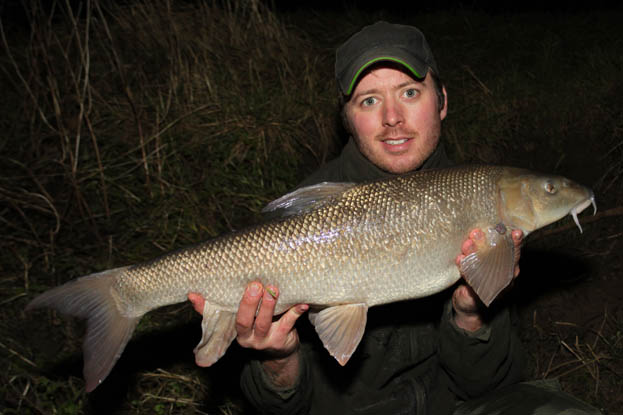


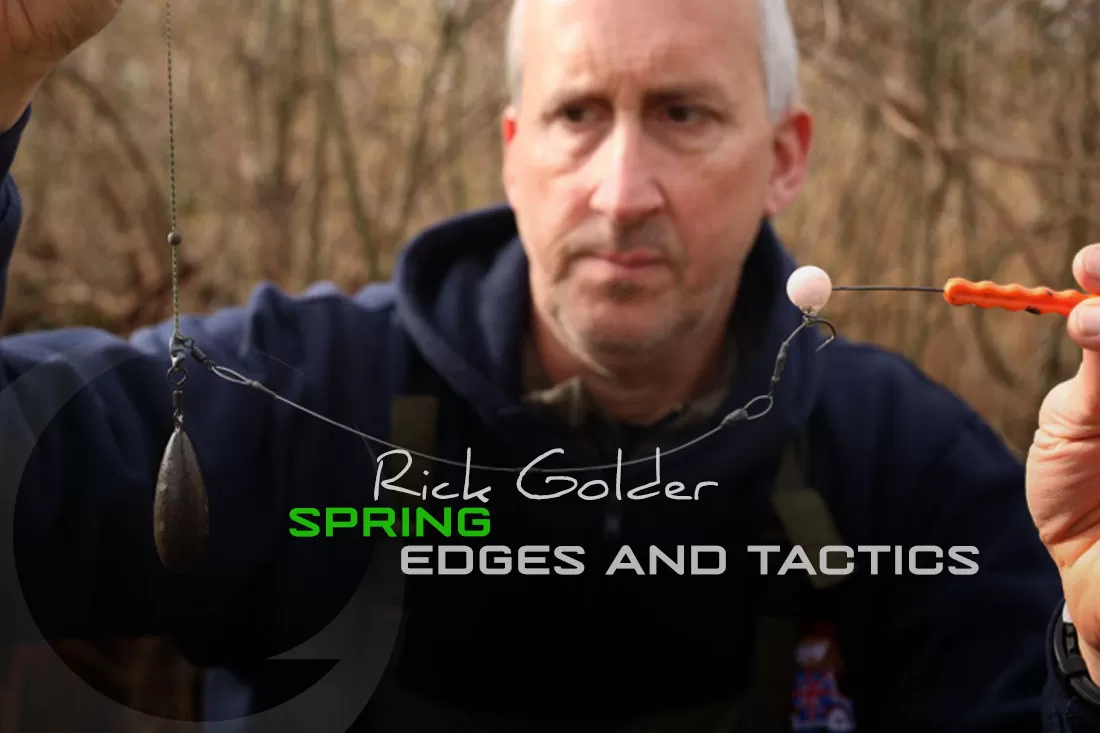
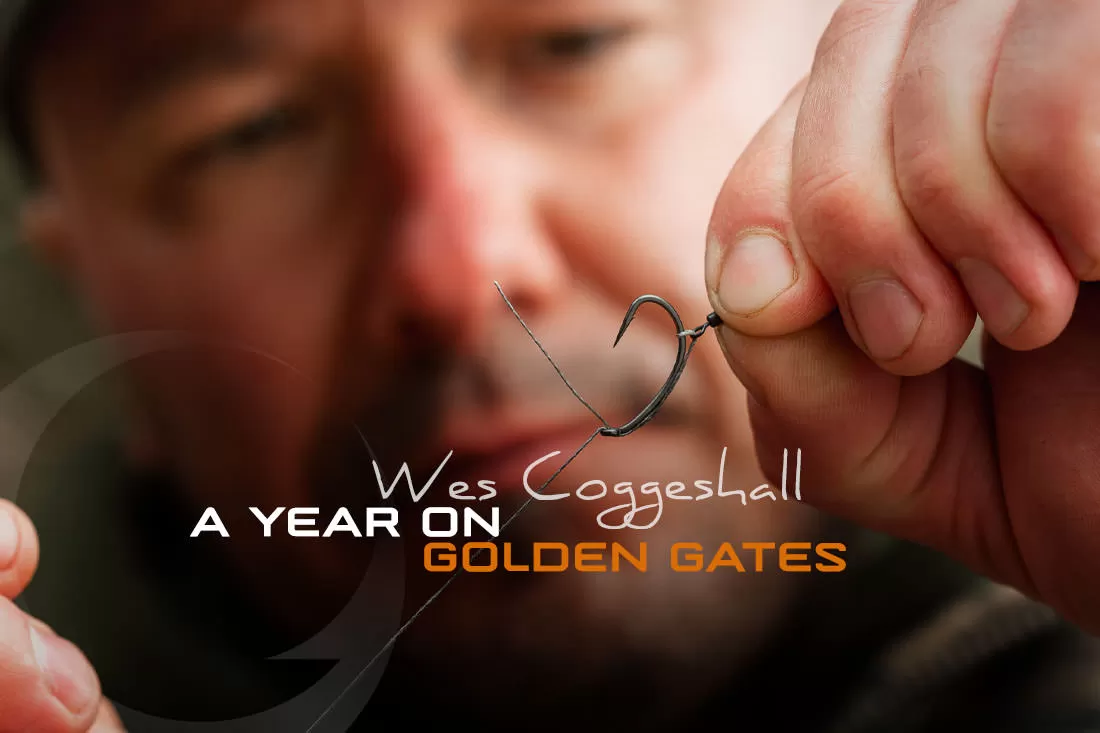
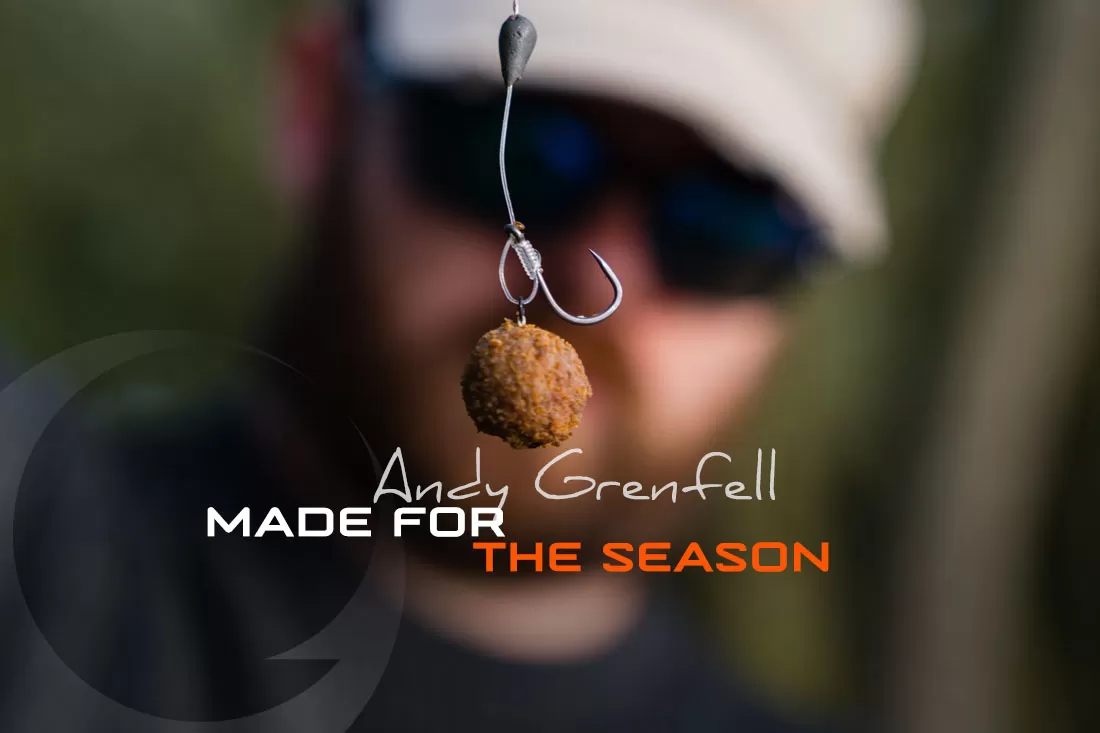
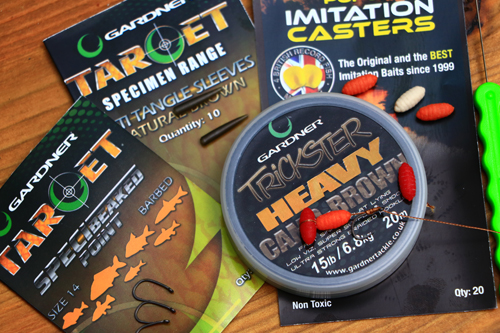
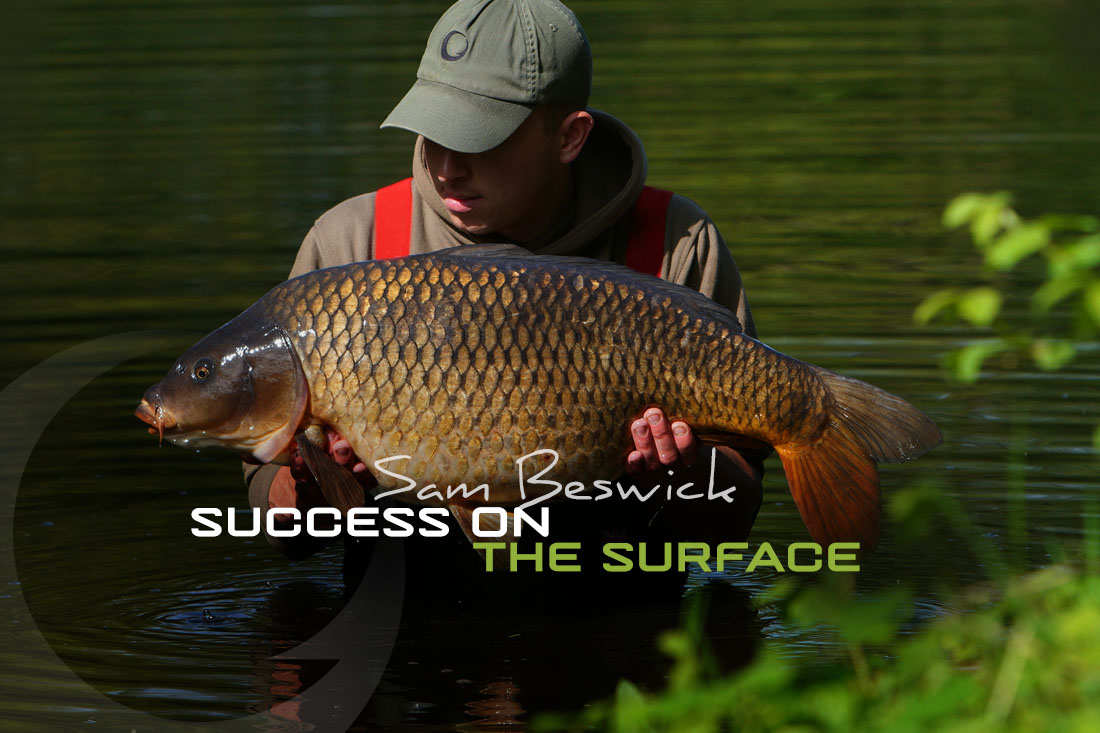
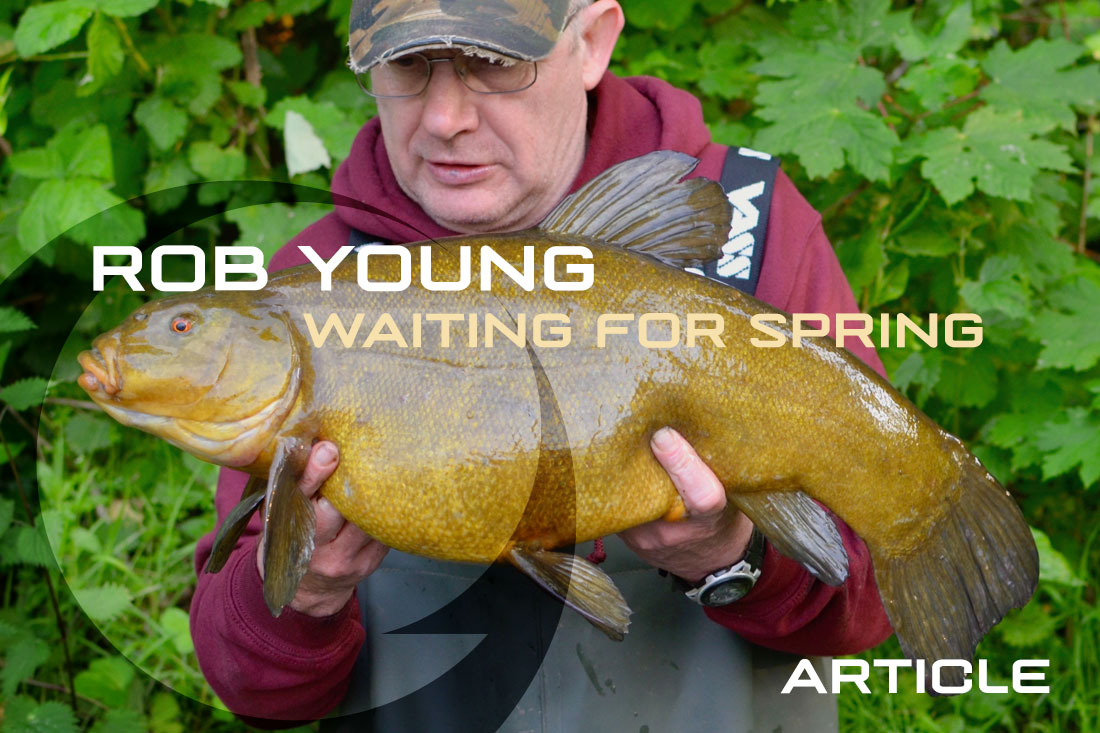
Leave A Comment